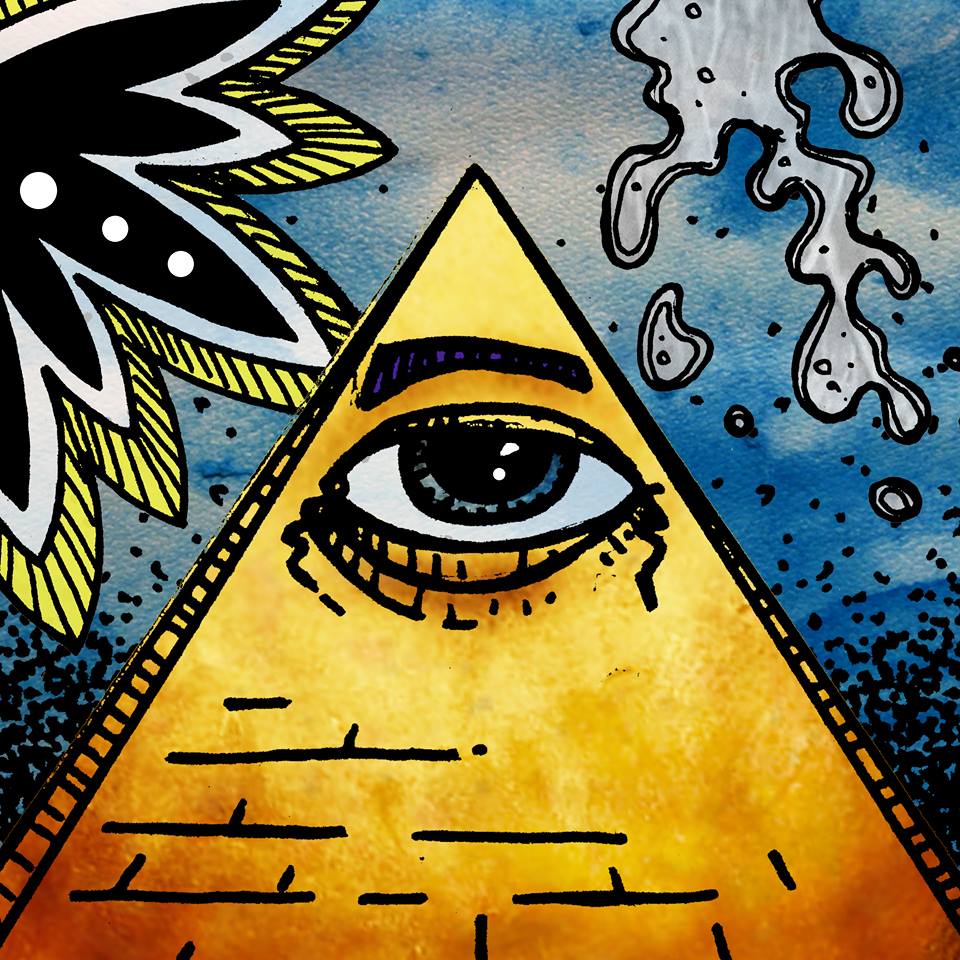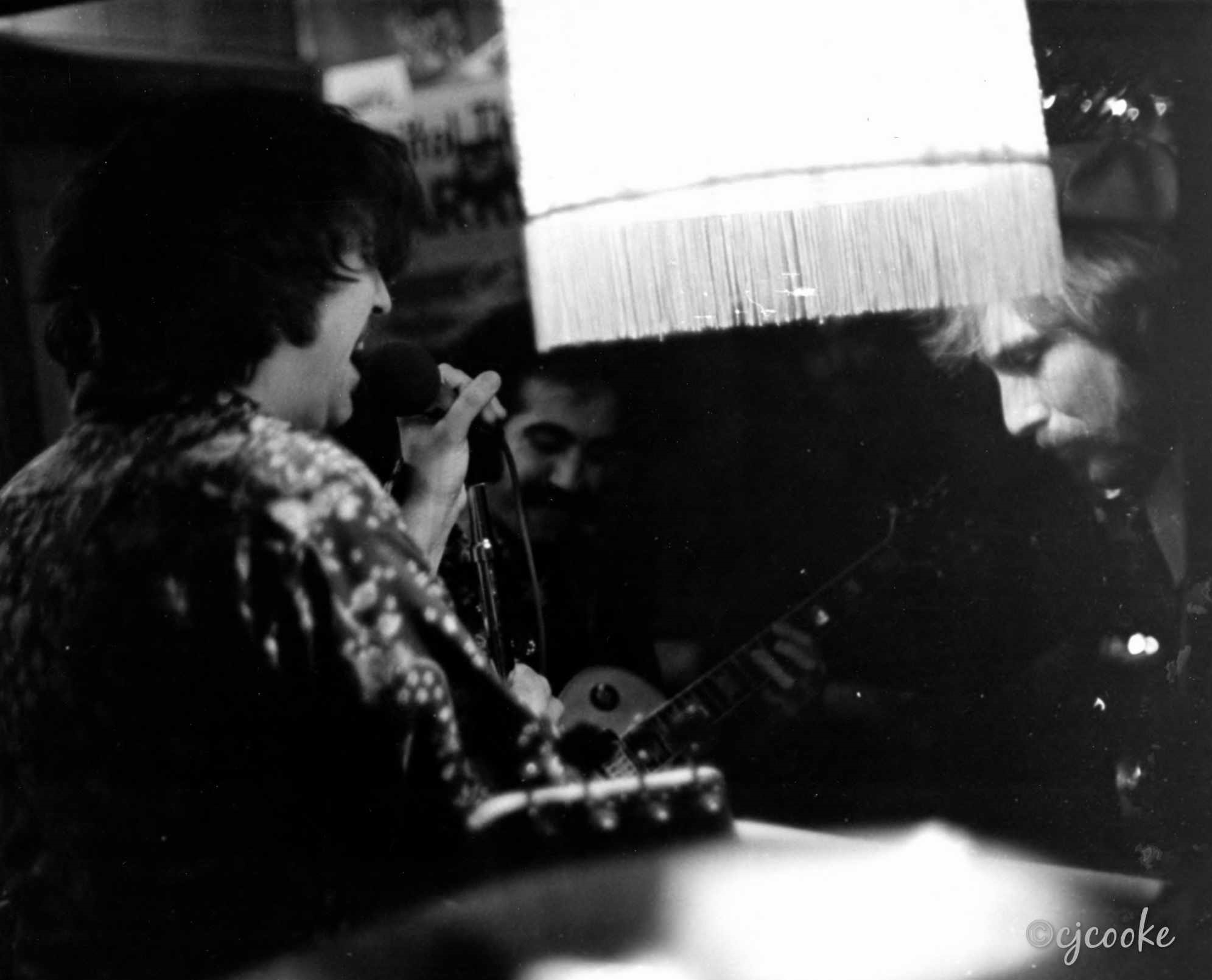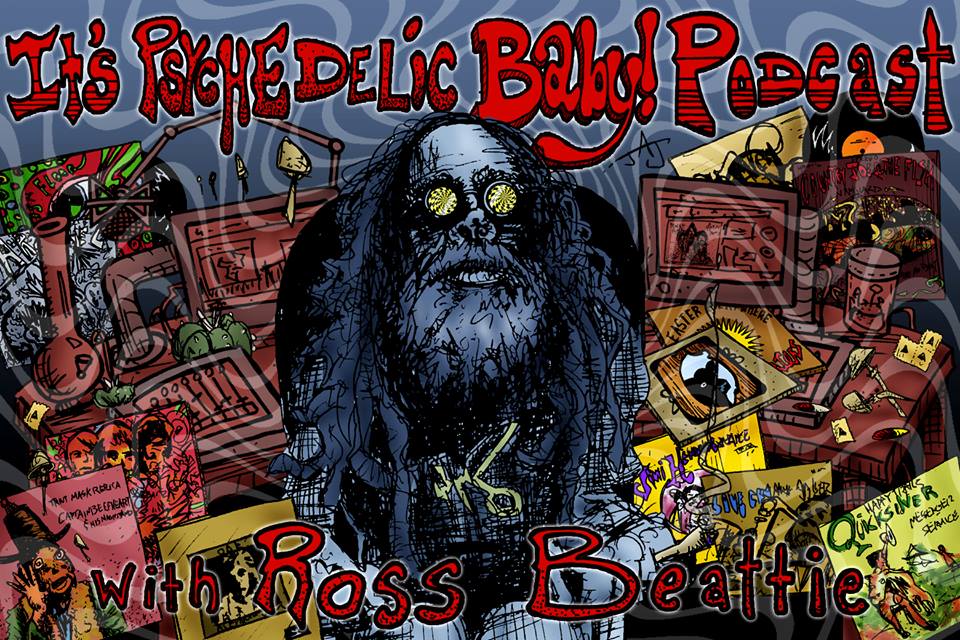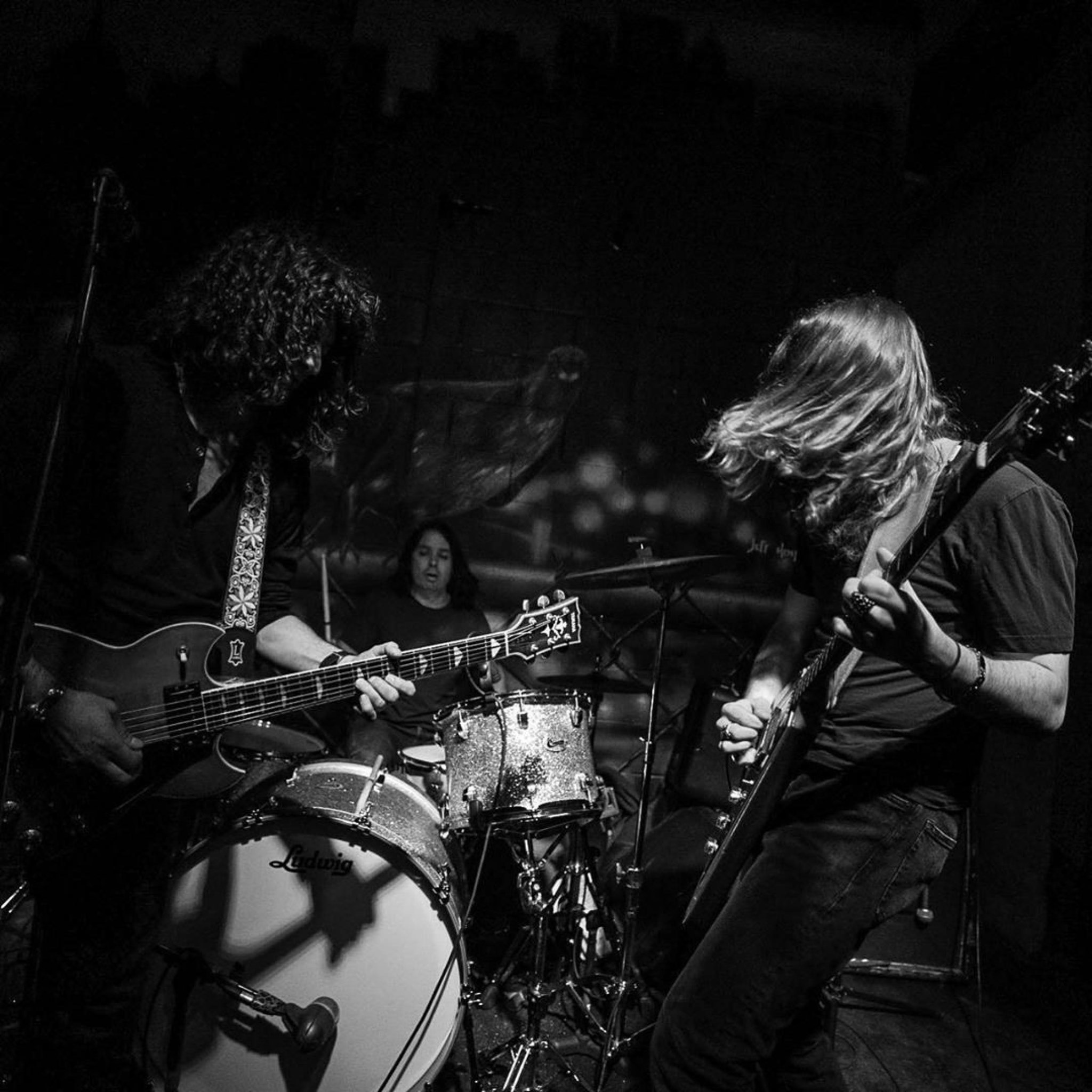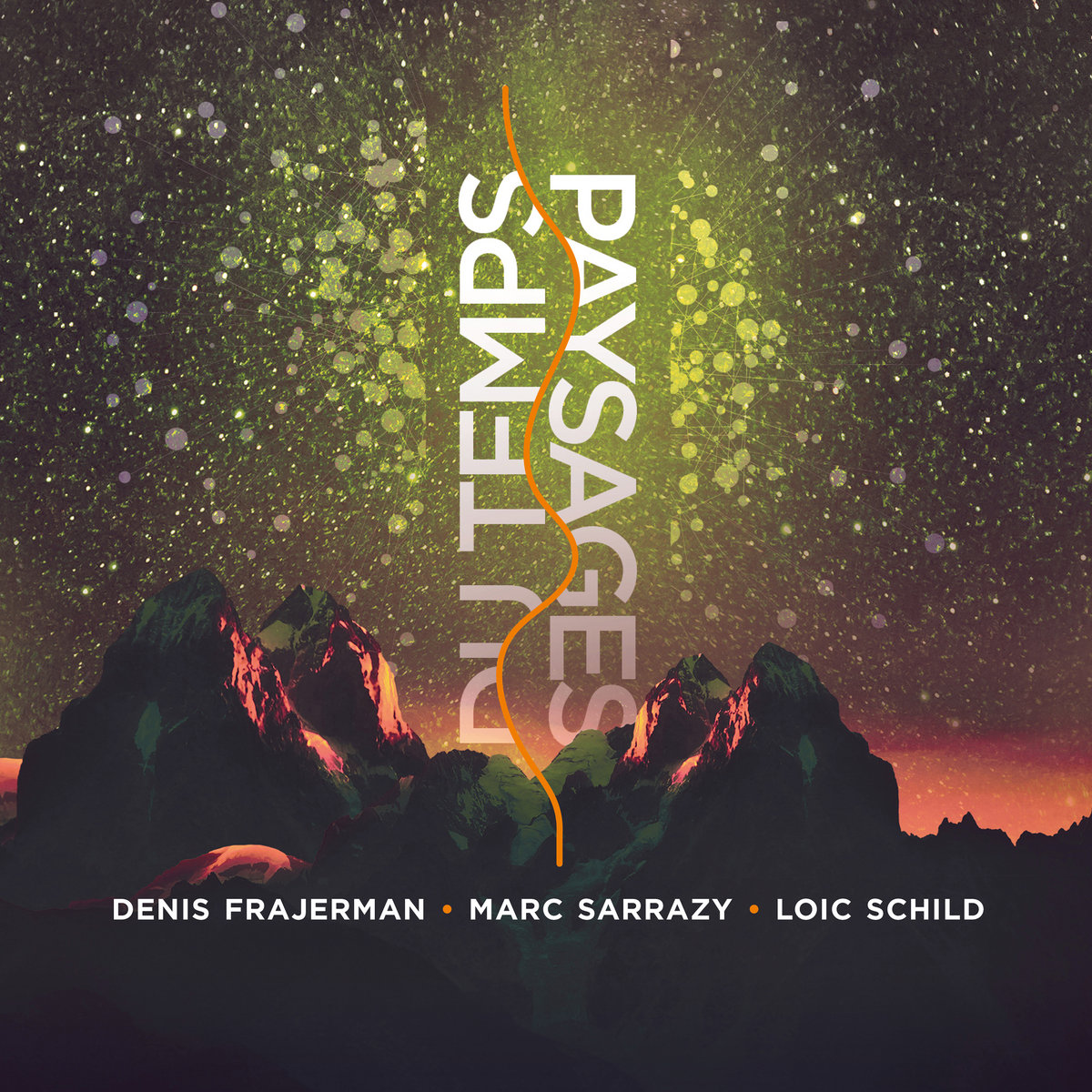Neil Young, Grateful Dead & ‘Shattered Dreams & Broken Songs’: Ken Viola Tells All
‘Shattered Dreams & Broken Songs’ is definitely not your typical ’70s record. It’s a jumbled mix of late-night recording sessions and offhand jam ideas.
The album is a straightforward nod to the messy, imperfect moments that made it. Every song carries the weight of nights spent tinkering with loose equipment and frayed dreams, yet somehow, it all sounds genuine.
Even in its rough edges, you can catch hints of the mavericks who paved the way. There’s a bit of Neil Young—a guy who never bent to anyone’s expectations. And lurking in the background is the vibe of the Grateful Dead, whose gigs and connection to Viola are very close. More in the following interview with Ken Viola.
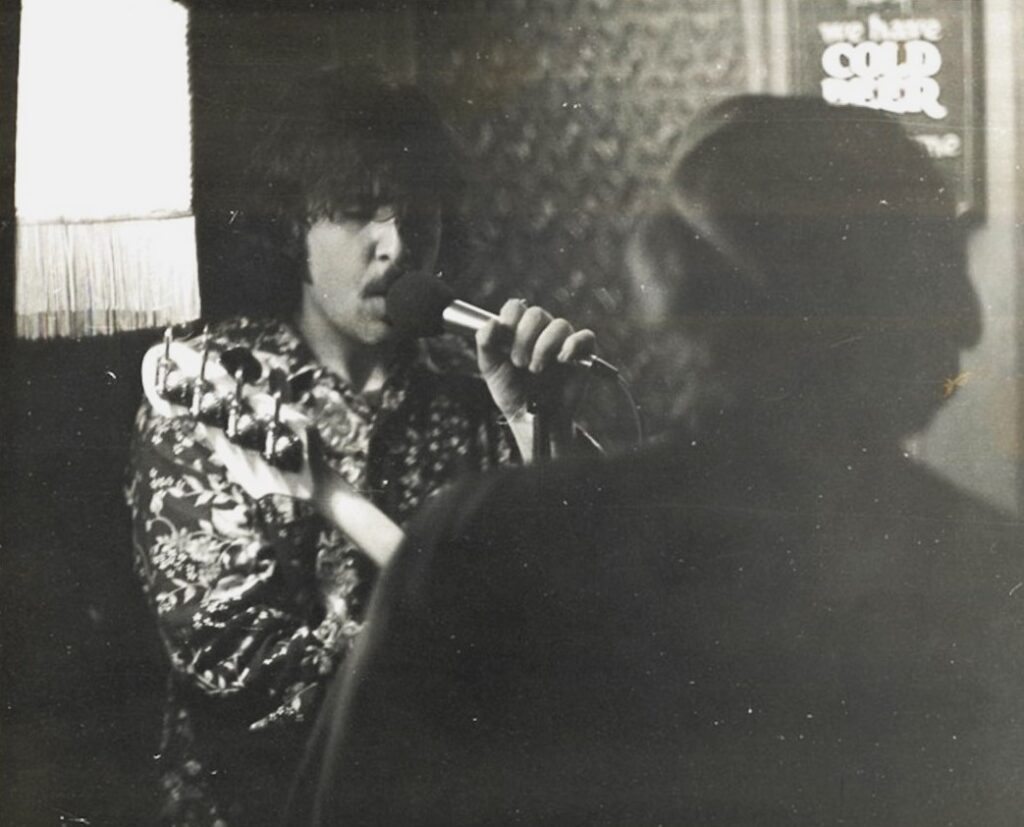
“Magic is the ability to conjure something from nothing…”
You’ve talked about early influences being this big melting pot of blues, soul, country, and folk. How did each of those sounds really stick with you when you were writing your songs?
Ken Viola: Elvis—wild, wailing, gospel singing from his soul, a performance artist—embodied all those forms, leading me to discover Howlin’ Wolf’s supernatural presence. I summoned his ghost in ‘St. Francis Blues’ on ‘Cosmocopia’ (a true story of murder and rape in Hackensack). Nina Simone (who influenced Bob Dylan as a performance artist)—jazz, classical, emotion, men-women, early Black Lives Matter, civil rights, politics. The Everly Brothers—harmonic beauty, transcendent songs, country… combining those styles of music makes magic!
So many moments made me feel like never before. So real, these artists reaching deep within themselves, drinking from the wellspring of their innermost life and performing alive!
I started writing my songs—just an acoustic guitar and me. I was just letting emotions out. Words came first, then chords… consciously trying not to fall into types. Never did learn how to play all the way… then began to experiment with moods and words. When I started bands, the writing changed, and songs came out fully formed.
You’ve called Hackensack a “merging clash of cultures”—how did growing up there shape you as a musician? Did it make you more open to trying new sounds, or did it tie you to a specific vibe?
Well, music was all around. Considered “suburban,” it was a city of about 40K with a long Main Street that drew people from many surrounding towns. When the few big cities in New Jersey began to decline, Hackensack prospered.
There were many ethnic sections, and coming of age in the ’60s, those of us who were open-minded absorbed all aspects.
I delivered extra newspapers so I could buy records and comics. There were a lot of record stores, and I worked at one—”paid” in records. Part of the job was playing customers’ requests for them. I listened to a diverse palette. And the radio!
There were so many new sounds then… some seemingly from out of this world!
After the Beatles on Ed Sullivan, a lot of bands formed and played weekly at dances. I went to hear them—Top 40, then album cuts. Some were very good! But I wanted to try something different, more original.
Peter Pan, Elvis, comic books, and magic were part of your early loves—how did that sense of wonder from those early days show up in your lyrics and the stories you tell in your songs?
Peter Pan… ‘You Can Fly’, ‘Fairy Dust,’ ‘Never Never Land’ (or, as Weir said, Never Ever Land), ‘I Won’t Grow Up!’
Elvis… ‘Heartbreak Hotel,’ ‘I Wanna Be Free,’ ‘One Night,’ King Creole (film), ’68 Special…
Comic books can be a unique blend of words and pictures creating a new language unlike any other, where you are an equal participant. The freedom evoked by Kurtzman, Kirby, and Ditko was liberating!
Magic is the ability to conjure something from nothing…
All of the above affected me immeasurably… and concepts showed up. The stories in the songs are all real and happened!
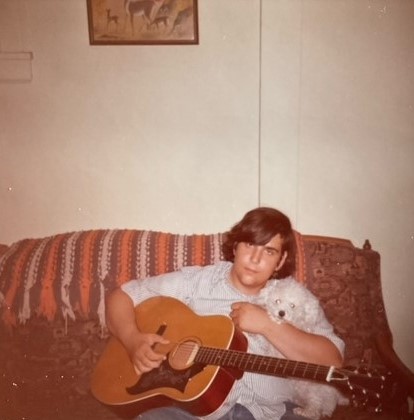
When Gran Junction first started, you had this vision of mixing originals with lesser-known covers and jammed-out tunes. Do you think that vision came together on ‘Shattered Dreams & Broken Songs’? Or was there more you still wanted to explore that didn’t make it on the record?
I think the vision is ‘Shattered Dreams & Broken Songs’. There were many songs played and recorded before and after, yet the songs on the LP remain carefully chosen. We just discovered a tape of a performance from 11/06/73—just wild, mostly covers (early set). Our band rocks!
After losing your gear after the Ezra show, it must’ve been a heavy hit. How did that moment mess with your creativity? Did it feel like that event kind of closed a chapter for you?
Super heavy hit… Stopped the band… Lost the great bass player, Steve Chapman… Took a long time to try again. A band is organic. Bleshing is a combination of blending and meshing, which enables the individuals to function as a homo gestalt. This is what happened to all the best ’60s bands—loss of momentum and/or members.
A chapter (or maybe a book) definitely closed. We did half-heartedly try again. Mostly, I went forward with writing, Joe went forward with guitar, and we both met other people—until we reunited almost 30 years later to make ‘Feel’ and ‘Cosmocopia’.
Your songwriting seems so personal, tied to your life experiences. Can you talk about how the songs on ‘Shattered Dreams & Broken Songs’ came together in the studio? Were there moments where things took you by surprise?
I would come to the studio and play and sing the song for them. Joe would bring different guitars and amps without planning. Tommy had things around. Sometimes, different players would show… Many delights and surprises occurred, virtually every song!
A few ecstatic accidents happened, mostly due to Joe, like the jazz vamp in ‘Broken Toys,’ the coda of ‘Bicentennial Road’… I’ve always had some cool ideas in the arrangements as well.
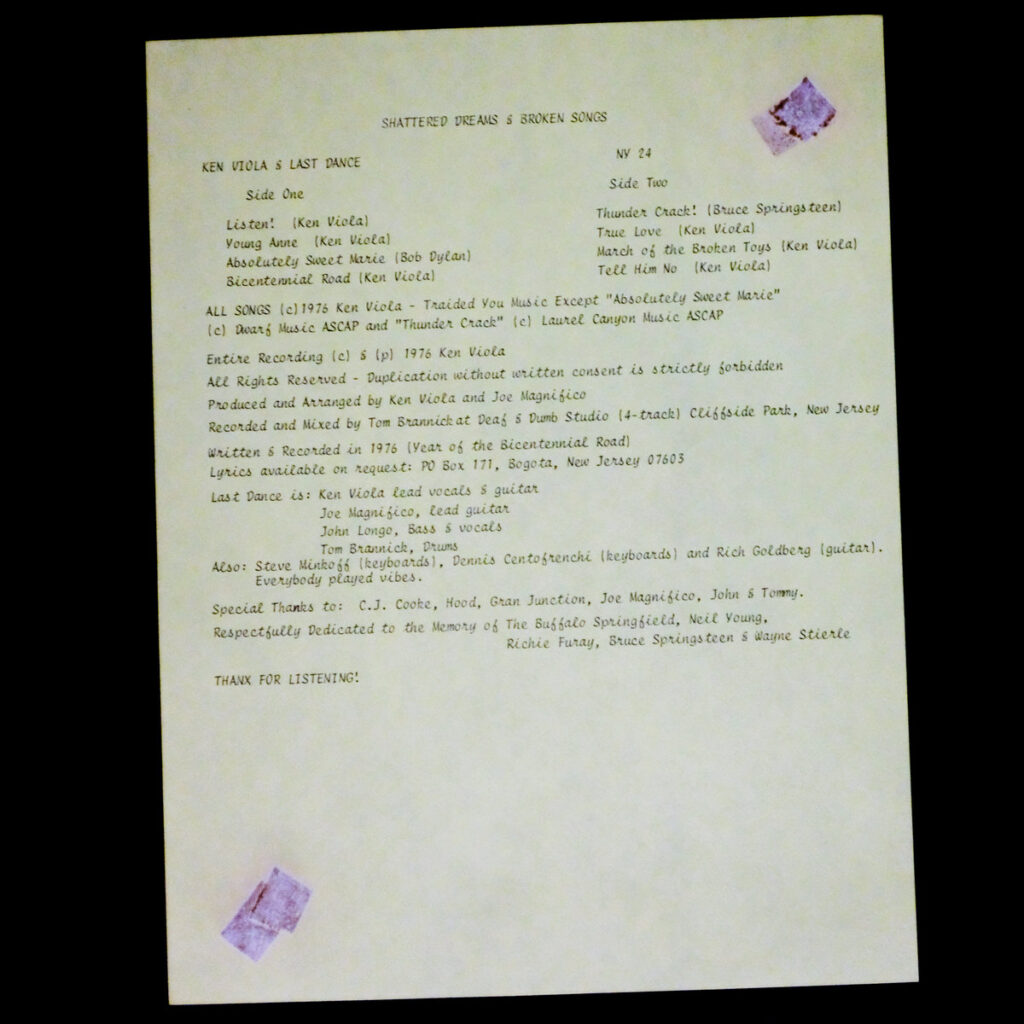
You mentioned recording the album live with hardly any overdubs. What drew you to that way of doing things, and how do you think it impacted the feel and energy of the record?
Tommy, Joe, and I were all secure in what we were able to do. I had the vision, Joe knew what I wanted and delivered, and Tommy was learning recording, yet already a veteran who had played on several LPs.
The songs came together spontaneously—hardly any takes, nor rehearsal. I had learned from Bob Dylan and Neil Young to try and capture the moment. The first take approach gives the possibility of lightning.
We had the energy (listen to the live tape), and learning to record live in the studio, with everyone in the same room at the same time, does something.
Buffalo Springfield complained their records never sounded like they did in fullness and heaviness… I agree. I learned so many things from them.
‘Young Anne’ is such a personal song about your first love. When you look back on it now, does it still pull on the same heartstrings, or have your feelings about it changed over the years?
Wow… We were so young… She was so young. Our story was one of idealized love… Yet I stand by what I wrote and recorded. I’ll never forget her.
I’ve been with my wife, Carol, now for nearly 50 years. Our love was real. I wrote several great songs for her: ‘True Love,’ ‘Janey,’ ‘Love Story,’ ‘Rebound,’ ‘Fall In Love’…
When one writes songs that pass through you, uncannily, many later come true.
You’ve worked with Joe Magnifico for a long time. How did your musical chemistry with him come into play while making ‘Shattered Dreams & Broken Songs’? Did your different backgrounds complement each other in interesting ways?
Creating music with Joe is a once-in-a-lifetime experience. Our backgrounds shared similarities, but what we bring to each other is interlocking pieces vital to completing the puzzle. We share an intellectual discourse, allowing the music to exist in the air. ‘Shattered Dreams & Broken Songs’ was “released” evidence of this.
You’ve played alongside some incredible musicians, like members of the E Street Band. What do you think drew them to your project?
The project was ‘The Sounds of Asbury Park, NJ’.
I knew great bassist Garry Tallent through Southside, met Vini Lopez—great drummer and singer—and asked them to play. They brought me to Sonny Kenn, Ernest Carter, and David Sancious. I chose ‘Help Me Girl’ for Sonny, who had one of the first R&R bands in the Shore area.
They are all legendary musicians, and I was honored to have them play on the LP. The arrangements on my tracks were by musician Kevin Kavanaugh (Asbury Jukes) and me. Garry, David, Ernest, and Sonny (with Southside and Vini on backgrounds) arranged ‘Help Me Girl.’
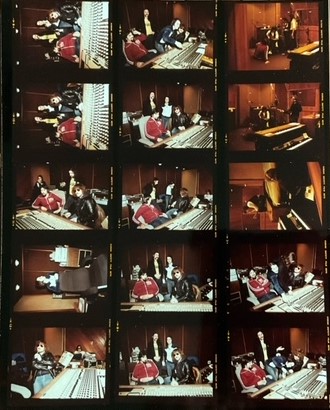
You’ve got this unreleased LP, ‘Revenge,’ from the late ’70s that never got finished because of all the craziness. What was going on back then that kept it from being completed? Do you ever think about revisiting those old recordings now?
Joe Magnifico and John Longo were in a horn band, so they were out playing. I appeared live a couple of times with them, playing some new originals, and continued recording with them. The LP was one acoustic side, one jammy electric side. I would hesitate to release the music now. I mined a few of the songs in 2009 on ‘Feel’.
The mid-’70s weren’t exactly the easiest time for musicians, and you’ve said it was tough getting shows. How did that tough economic time impact your songwriting and what ended up on ‘Shattered Dreams & Broken Songs’?
I had more time to write, and we were able, thanks to the great Tommy Brannick, to record as the muse beckoned!
You’ve referenced Bob Dylan’s line about the wounds from the ’60s still healing. How do you see the ’60s political and cultural vibes in your music? Did you feel more hope or disillusionment back then, and how has that changed over time?
I could feel the change coming in 1965 without being able to wrap my brain around it… ’66… NYC, LA, Berkeley, SF, Chicago, Memphis, Houston/Austin, Detroit, and other college towns… London, Birmingham (UK), Amsterdam… Happenings in all these places at once! ’67/’68… revealed to the world! ’69… the dark side begins to emerge… ’70–’74… flipside hits the mainstream!
The music, fashion, rebellion, war, drugs, drinking, sex, youth movement, rejecting the norm…
There was only one time this occurred, and I embraced it with everything I could!
Hope and activation was all I could be!
Over time, realities manifested… people, places, things fell away… money and human frailties dominated… I still did everything I could… others also have!
You’ve said you weren’t all that into becoming a “star” and were more about expressing yourself. Looking back, how do you feel about the road you took? Do you wish things had gone differently, or do you think the path you chose let you make art in a way that felt truer to yourself?
Having witnessed firsthand “fame,” “star,” and all that goes with it… I never wanted any part of it. Even friends who did not pursue this ended tragic, paradoxical considering they just wanted to give.
I once thought I’d like to have made more music… not to be. Yet when we returned to make ‘Feel’ and ‘Cosmocopia’, 30 years later, the art was still pure.
You came back to songwriting after a 30-year break with ‘Incandescence’ in 2012. What was it like diving back into music after all that time? Did it feel familiar, or had things changed for you over the years?
First, we did ‘Feel’ in 2009—the two in the general period, as time permitted.
Like getting right back on the bicycle! We did live sessions… Joe worked on his parts a bit… Both LPs took about 20 days each.
I thought my singing was better, Joe’s guitar playing was cogently distilled, my son Dylan brought youth and skills… Joe and Dylan helped… There was a maturity to the songwriting…
If you had to sum up ‘Shattered Dreams & Broken Songs’ for someone who’s never heard it, what do you hope they take away from it emotionally?
I’d want them to listen with an open mind, feel, think, laugh, let the spirit free!
You made 300 copies of ‘Shattered Dreams & Broken Songs’ in the ’70s, and some of them were lost in Hurricane Sandy. Are there any plans to re-release the album or get the remaining copies out to new listeners? What would that mean to you now?
There are no current plans… Would love to see a release!
You produced ‘The Sounds of Asbury Park,’ and you’ve said that it’s a project you’re really proud of. Can you talk more about what made that moment special for you? How did you bring the spirit of Asbury Park into the project?
There were many sounds from Asbury Park… Soul, vocal harmony, original and cover bands in the ’60s… People now identify the sound as Springsteen, Steve Van Zandt, Southside Johnny. After ‘Born to Run,’ there were new bands—Lord Gunner, Whistler & the Wheels, and many others! I selected the bands & songs, brought them into real studios, and produced my first label LP.
‘The Sounds of Asbury Park’ is a story album. The young man boards the bus, headed to Asbury Park with passion and pain. He falls asleep, dreams of an angel with broken wings. Upon awakening—”Help me, girl, ’cause I’m going insane.” Arriving, he meets Janey, older, and experiences a one-night stand—his high school graduation. This renewal causes him to ‘Move It On Up,’ until encountering ‘Cosmic 3/4 Time,’ prompting the young man to cry out, ‘Can I Come Home?’ Learning life lessons, he thinks ‘No, No, I’ll Never Believe It’ and finally claims his ‘Right to Be Weird’!
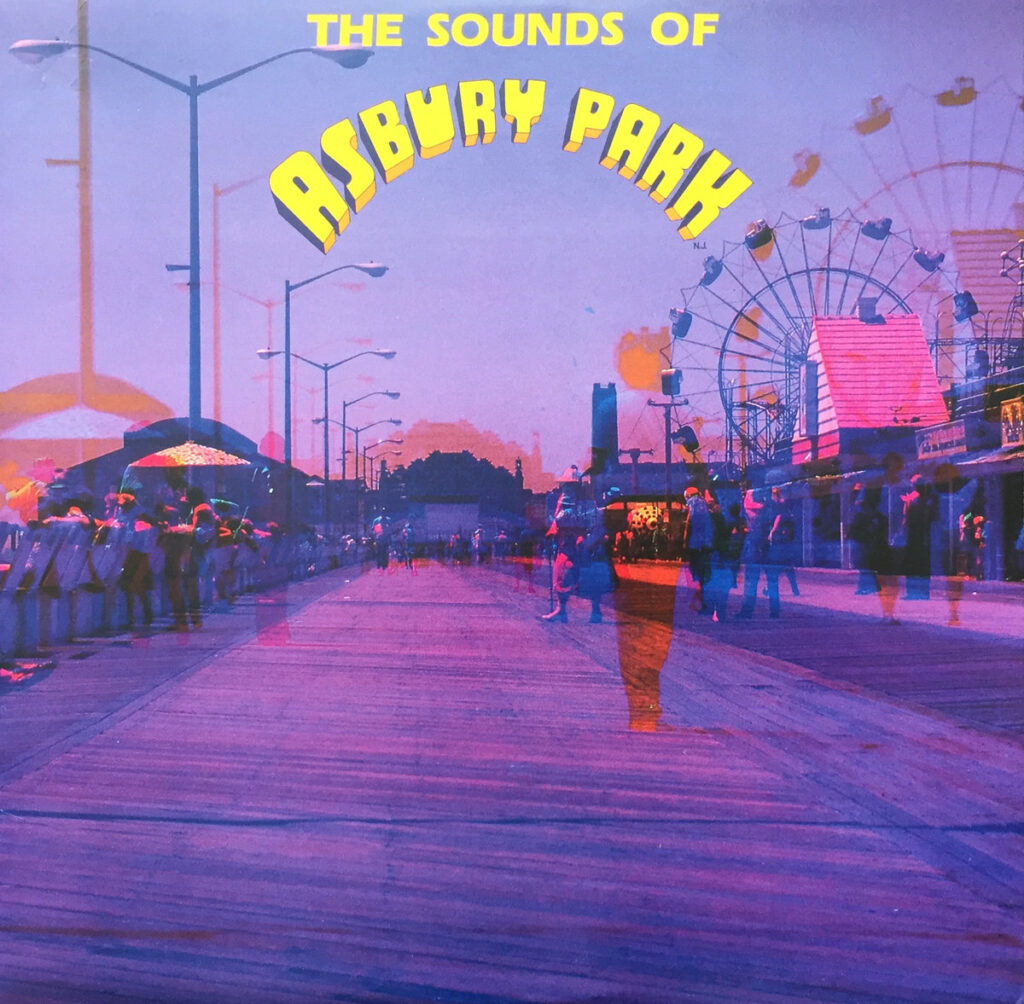
After the release of ‘Shattered Dreams & Broken Songs’ and a few concerts, you stepped away from music for 30 years. Can you tell us more about what led to that decision? Was it burnout, frustration with the music biz, or something else? And what brought you back?
Music morphed into the mu-sic biz, hurtling headfirst into an ’80s dollar peak.
I stepped away from making music and worked for a management company—Meat Loaf, Jim Steinman, Southside Johnny, many others. I interacted with our clients, designed album covers, created merchandise… I associate-produced the first MTV series Rock Influences and several PBS specials. In 1987, I made a film, The Masters of Comic Book Art. I also continued to work concert security nights and weekends, which led to finally touring with the Grateful Dead.
You’ve mentioned hanging out with Jerry Garcia and the Grateful Dead crew. What’s the most memorable conversation you had with Jerry, and how did it change the way you see music or life?
Garcia was a one-of-a-kind, profound human. Kesey said, “Jerry broke through the wall and let the light in.”
Every conversation I had with Jerry Garcia was memorable. He did not waste words. Jerry believed no one should tell anyone else what to do.
Fascination with both sides of reality (inner and outer) informed Garcia’s music & life.
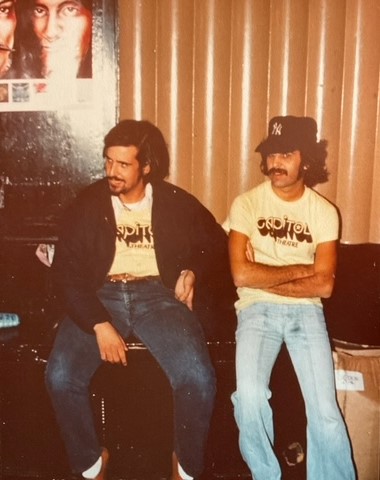
“We were post-Beat, pre-Hippie. Self-sufficient, did our thing.”
Handling security for the Dead must’ve had its wild moments. What was the hardest part about keeping the peace between their free spirit and the reality of managing the scene as it got bigger?
We were post-Beat, pre-Hippie. Self-sufficient, did our thing.
The scene had increased age groups, geography, and unrealistic expectations. There were some older Deadheads (later Furthur and solo bands), college Deadheads (to DMB), and high school Deadheads (go Phish). We, along with promoters, venue staffs, authorities, and hospitals, had to deal with the concert, people without tickets, selling in parking lots, trying to camp, staying in hotels… in what Jerry used to call “The Last American Road Trip.” The hardest part was explaining and planning all this and hoping the people who had to deal with everything listened, understood, and succeeded. They were the only group to present all these challenges.
Considered a miracle we reached the end.
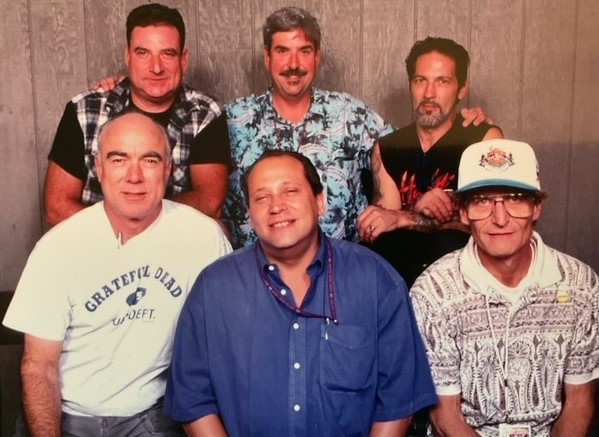
When you look back at the live shows in the ’60s and ’70s, what do you think made certain nights transcend into something magical? Were there any particular concerts or bands that stood out as really hitting that level?
One of my key criteria is a band or soloist must be great live!
Many in the ’60s seemed to reach higher… So many amazing nights… Peak performances I was lucky to hear/see—Blues Project, Neil Young & Crazy Horse with Whitten, Peter Green’s Fleetwood Mac, Joe Cocker & Grease Band, original King Crimson (same bill two nights in a row), Procol Harum, original Humble Pie, Tony Williams Lifetime with Jack Bruce, Nina Simone, Grateful Dead…
Fillmore East, Bitter End, and Ungano’s were my favorite places… Colleges… The Hello People, Spirit, Rick Nelson, Linda Ronstadt, Terry Reid, Traffic… endless. Yet I missed so many—communication regarding concerts was sparse, lack of funds…
The ’70s saw concerts hit the mainstream, and the ’60s melting pot cracked. The shows seemed rote, theatrical, and watered down… Bands splintered into several groups, none as good as the original. Music and lyrics became simpler… uni-genre… heavier, threatening to collapse into too loud… Progressive, Southern Rock, FM Rock, Pop, Punk, Disco, Singer-Songwriter, ’60s Retreads…
In the ’70s, besides working 1,000 shows… memorable nights went to Grin, Bob Dylan, Neil Young, Bruce Springsteen (best winter ’74 through winter ’75), Tom Waits, Rickie Lee Jones, Little Feat… others.
Since then (’90s–2000s)… Darlene Love, Arthur Lee, Electric Prunes, Blues Project, Pretty Things, Eddie Phillips & Creation, the Rascals, Jeff Beck, Brian Wilson Smile, Tom Rapp, King Crimson, Glenn Phillips, Dylan, Young, Jones…
Live performance art!
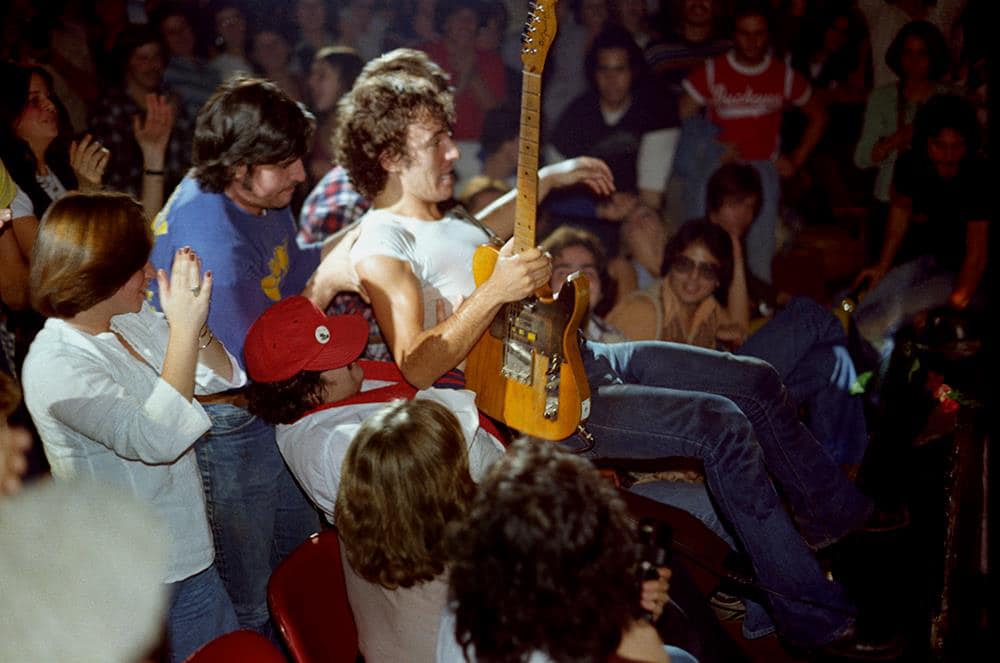
Your son found your old tapes in 2009, leading to the recording of ‘Feel.’ How did it feel going back to those old songs? You went back to older songs for ‘Feel’ after a long break, and Neil’s been known to revisit his past work too. Did his way of reflecting on his past influence your decision to bring new life into your earlier songs?
Immediately, I wanted to pick up from 30 years prior and make a better version of a second LP. No longer wanted revenge… Needed to feel… Making music is communicating in a language of gods. Harmonics vibrate into your body, mind, and heart… so psychedelic.
Joe Magnifico chose two from ‘Shattered Dreams & Broken Songs,’ and I chose two from ‘Revenge.’ We devised brand-new versions, hearing just what the older us could imagine back in ’76. Great songs—kind of amazing to be able to reinvent…
We started with covers. I selected some of the best songs ever written—I felt them as if they were written by me… We came up with original arrangements… ‘The World Turns All Around Her’ was literally recorded in our garage live.
‘Feel’ is my biograph.
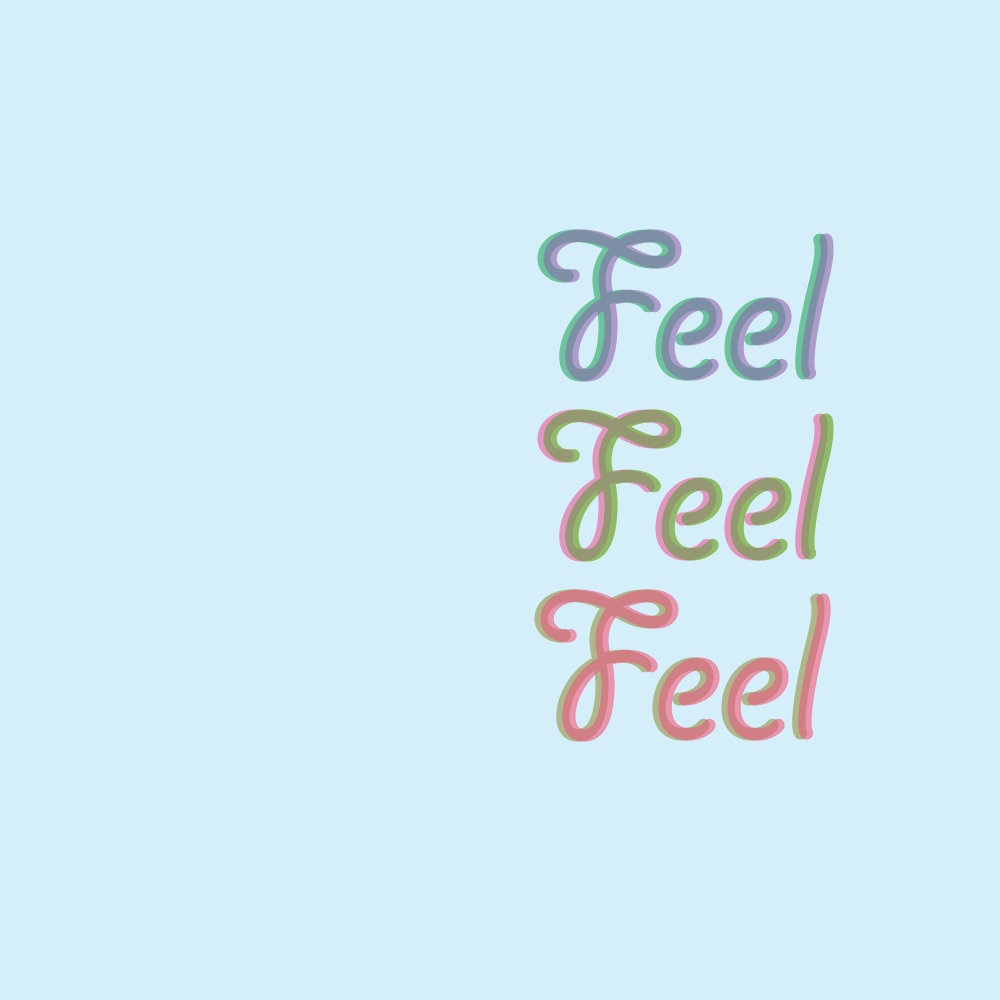
You’ve covered artists like the Byrds and Townes Van Zandt, but there’s a definite Neil Young influence in your music too. Can you talk about your connection to Neil’s music and how his style may have shaped your own songwriting?
Neil unconsciously encompassed my life in so many ways. If you read my essay in the Buffalo Springfield Box Set, I explain my flash upon hearing ‘Flying on the Ground Is Wrong’ (even though Richie Furay was singing lead). I instantly knew the writer of the song connected to me! A lifetime later, Neil’s records, films, and live shows remain visits from a best friend.
Others say they hear him in my music… I never played his songs to figure out writing—only dared to hope I could somehow create songs as great as Neil. Arranging & recording his High School Graduation on The Sounds of Asbury Park, NJ LP is a high!
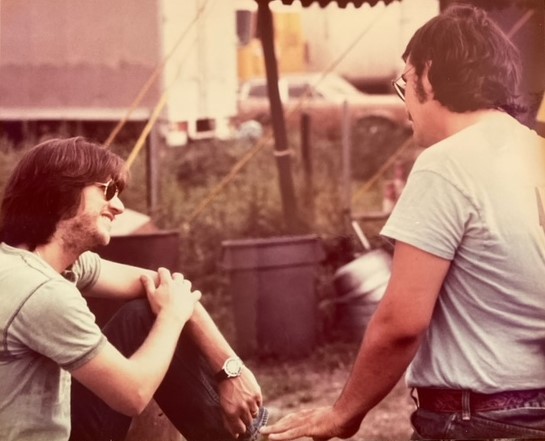
Neil Young’s always done his own thing, no matter what, and you’ve mentioned wanting to capture a lot of different styles in ‘Cosmocopia.’ Did you look to Neil’s way of blending things when you were putting together that album?
No.
‘Cosmocopia’ is this epic mix of different vibes—from orchestral sounds to bluesy jams and trippy elements. How did you pull it all together into one album? Was there something guiding you through it?
My influence for ‘Cosmocopia’ was the amazing Arthur Lee & Love’s ‘Forever Changes’ LP, one of the greatest records of the ’60s and beyond. It reveals the true essence… Arthur said in an interview (aged 21) that this was what he had observed of life up to then. By the way, Arthur’s comeback concerts in the early 2000s were among the best performances I have ever attended. And Arthur Lee’s entire oeuvre is compelling!
I was almost 60 writing lyrics for ‘Cosmocopia’ and wanted the music to reflect my observations as well. I deconstructed the melting pot and found: instrumental, blues, country, progressive, rock, jazz, spoken word (influenced by the magic live performance CDs by Alan Moore, David J, Tim Perkins), folk, psychedelic, free form! The 10 songs on the LP represent each form!
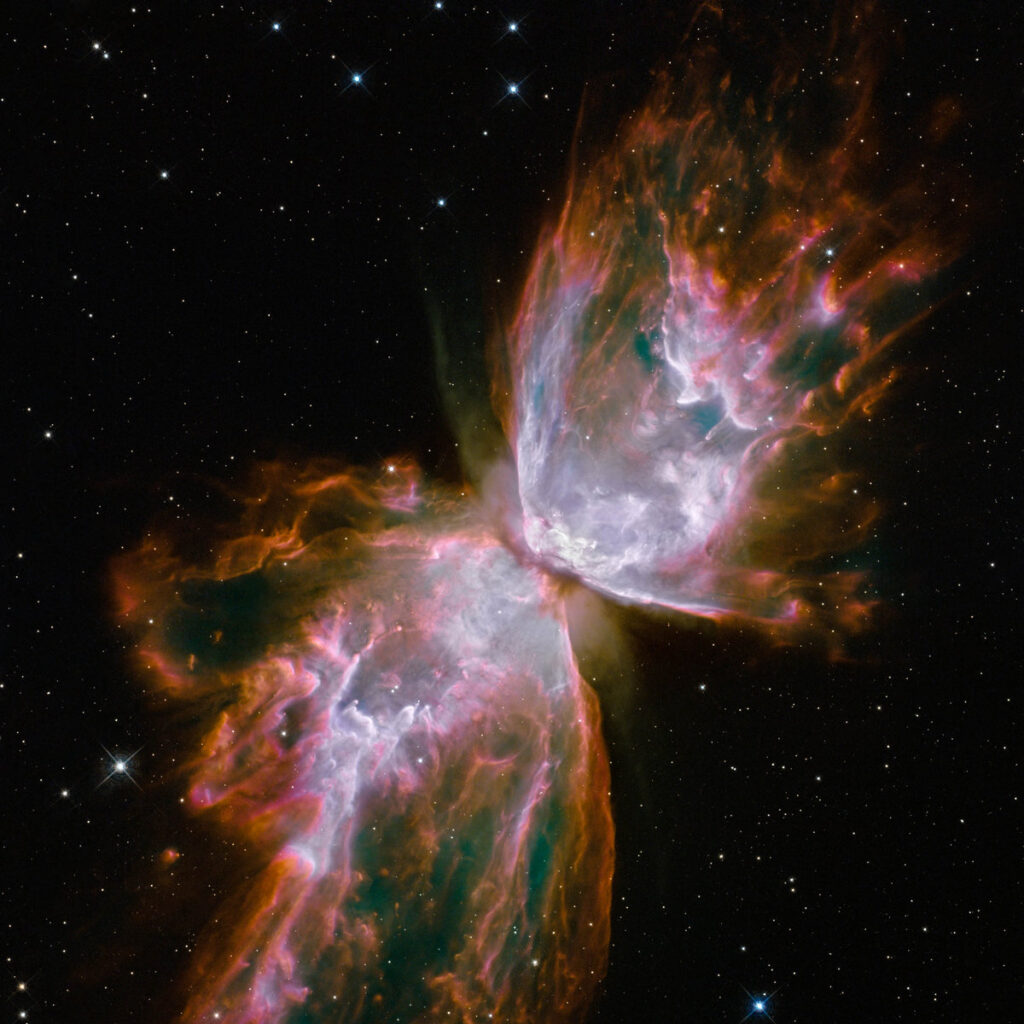
Neil’s known for following his muse no matter what the critics say. Looking back at your own career, especially after taking a long break, did his independence inspire you? How do you think that attitude has played a role in the way you’ve approached your own music?
Neil taught me: You do what you have to because you have to!
Neil Young has a legendary career…
His attitude helped me in making my music, alas, not as a career.
You and Neil both seem to gravitate towards the darker side of folk and rock. Which of his songs or albums do you feel the most connected to, and do you still go back to them for inspiration?
I’m connected to Neil Young’s muse and see his learning, progress, experimenting, seeking—all as one. Music is light; ’60s music on is dark.
The ’70s were half ’60s, half scattered. The ’80s were the worst decade. The ’90s saw ’50s, ’60s, and ’70s revivals. The 2000s—big business as art.
Neil’s ongoing archive releases and site curate a new listening/viewing experience I’m really enjoying!
S/T, ‘Everybody Knows This Is Nowhere,’ ‘Early Daze,’ ‘Tonight’s the Night,’ ‘On the Beach,’ ‘Homegrown,’ ‘Across the Water,’ ‘High Flying,’ ‘Oceanside-Countryside,’ ‘Rust Never Sleeps,’ ‘Trans,’ ‘Grey Riders,’ ‘Ragged Glory,’ ‘Harvest Moon,’ ‘Sleeps With Angels,’ ‘Mirror Ball,’ ‘Broken Arrow,’ ‘Silver & Gold,’ ‘Toast,’ ‘Chrome Dreams II,’ ‘Psychedelic Pill,’ ‘Le Noise,’ ‘Earth,’ ‘The Visitor,’ ‘Paradox,’ ‘Colorado/Barn/World Record’… are just some of my favorites!
You’ve talked about Ken Kesey and Neal Cassady as big figures in the ’60s movement—people who were about action, not just talk. How do you see that spirit in the music and art from back then, and do you think that same energy is still around in today’s countercultures?
The Beats & Cassady & Philip K. Dick & Kesey & others… Things were happening and growing in a number of places in North America and the UK/Europe… Started small… Spread! Books, music, colors, clothes, thinking, mind expansion… The ’60s was the flash!
I hope the energy still exists today… Mass communication does not allow people to gestate and emerge. The massive population seems to be divided in half. Back then, there were many more factions to draw from. Like-mindedness had room to grow.
Does culture still exist?
You quoted Tarkovsky when talking about ‘Cosmocopia,’ touching on themes like longing and unity. How did those ideas connect with your own life and music, and how did they shape the way you put the album together?
Reading the quote mirrored my own existence. On the album, after telling all my innermost secrets, when I pass to the other side, throughout 4th Dimension/Time Out of Mind, this is what I leave you with.
His quote explained the ideal of the ’60s, and I hope the LP does the same for humanity. We know all the answers—why can’t we live the answers instead of materialism?
Another influence was the writing of David Lindsay… Voyage to Arcturus, a most psychedelic book.
Looking at how music scenes have come and gone, how do you feel about the way music connects people today? Do you think the digital age helps or hurts that connection? And how do you see places like Bandcamp playing into that?
Digital is a wall—sound cannot hit a hard surface. It needs air and aura.
We used to get together and listen to analog music.
People seem to only want to hear the same things over and over. They have no attention span. Is music made to last? Or just periodical? Or is there too much?
You’ve talked about how every day felt like “tripping” with the Dead. Was there a particular show or tour that was especially mind-blowing for you? How did those experiences change your understanding of what live music can be?
In the 2nd grade, I became aware of how long the minute hand of the clock could take and how excruciating… Marijuana was a gateway to fill the void with pleasure!
When I referred to “tripping” (tongue firmly in cheek), I learned to live in the moment, as did they. The ongoing musical decades conversation was fascinating, particularly when firing on all cylinders—not necessarily because of what song(s) they were playing, but when they were in sync! Garcia used to say his brain, fingers, and equipment all needed to simultaneously be happening. When Jerry was on and the rest of them rose up: magic!
The Grateful Dead, at first, were behind, quickly shot past the rest, and became the example—spawned so much music. I attended some great shows at Fillmore East and have since listened to legendary late-’60s concerts. I didn’t think they were as good as bigger in the ’70s. Once tragic (all the keyboard players were), Brent joined, Garcia responded, and they played well. The last years were a prelude toward passing the torch.
Now that you’ve turned toward knowledge and writing in your later years, what’s the biggest lesson that’s stuck with you from your time in the music world? How does it shape the way you live now?
I’ve always sought art in music. Subjectivity notwithstanding, the communal aspect fascinates me. I spent my life all around that, whether making music or helping it happen. Seeking the how, why, and what about music brings people together to create a hive mind? To dance? Fashion? Popular when in high school? A phrase or expression—relatable or misunderstood? A need to be tribal? To belong?
As my friend, the amazing artist Jack Kirby, said… “The questions have been great.”
The key to shaping my life now is understanding.
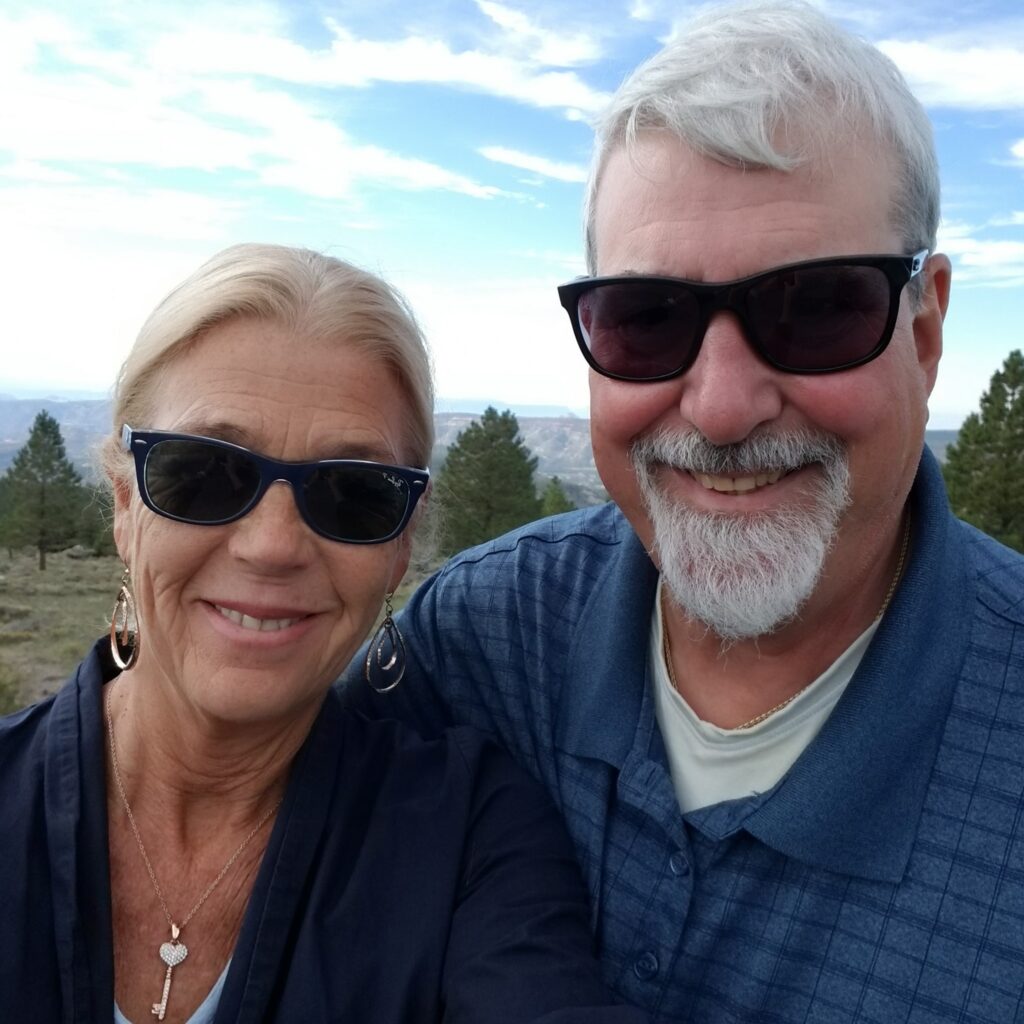
What’s keeping you busy these days, musically or otherwise?
Returning to the second half of the ’60s and ’70–’74 to listen and appreciate what I missed—the British pub rock and freak scene, records released by Andrew Lauder and others… Really digging Help Yourself, Malcolm Morley, Mighty Baby, Hawkwind… Back in the ’60s, Outsiders, Q65… So much great music… Still releasing everything they can find!
I’ve been thinking a lot about the best lead guitar players and bands with two lead players—the weave… Down the hole of what came first, separating fact from fiction in considerable regurgitation of myths, legends, or plain BS…
Studying the films of Bergman, Welles, Tarkovsky, Fellini, Kurosawa, The Archers, Renoir, Val Lewton, Kazan, Griffith, Carné, Murnau, Cocteau, Resnais, Clouzot, Wenders, Malle, Bresson, Ulmer, Ozu, Jodorowsky, Godard, Wong Kar-wai, Ophüls, Truffaut, Whale, Bresson…
Reading… Comics, books… Excavating the 20th-century human condition!
Appreciate the interest! Thank you!
Klemen Breznikar
Headline photo: Ken Viola, Joe Magnifico, John Longo (1977) | Photo: cjcooke
Ken Viola Bandcamp
Shattered Dreams & Broken Songs: An Interview with Ken Viola
